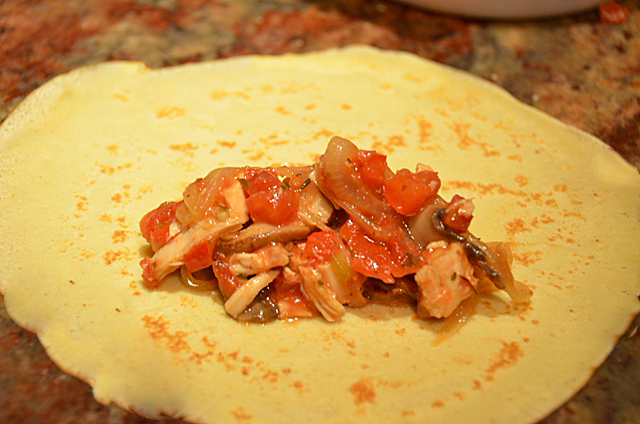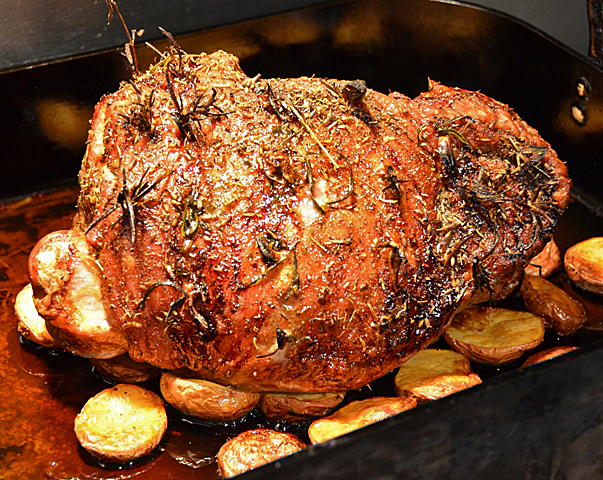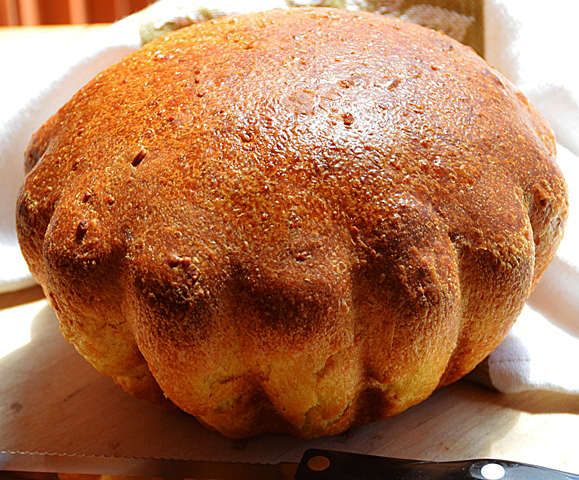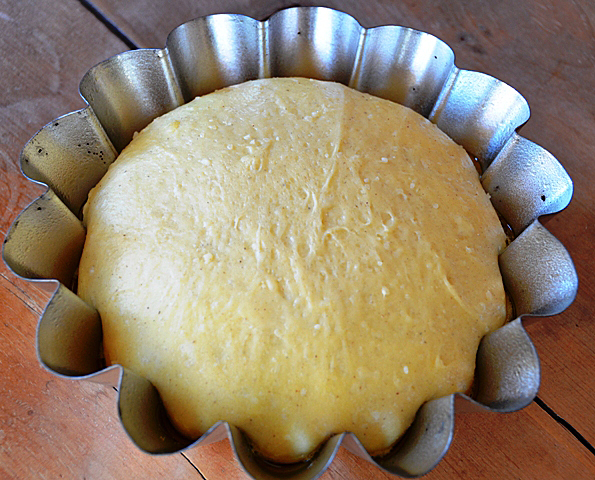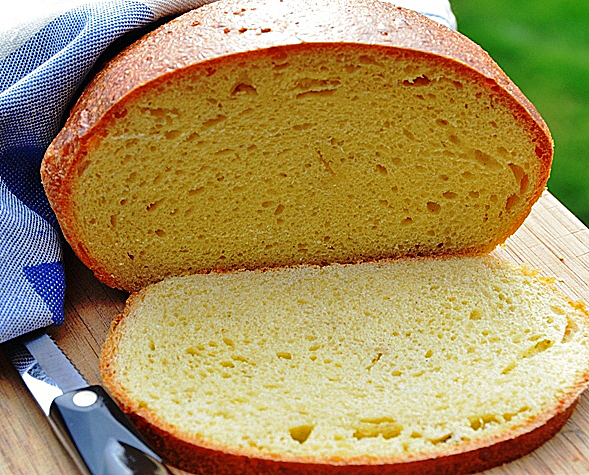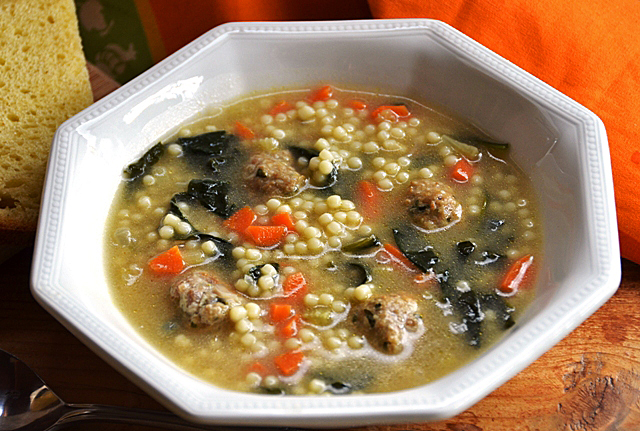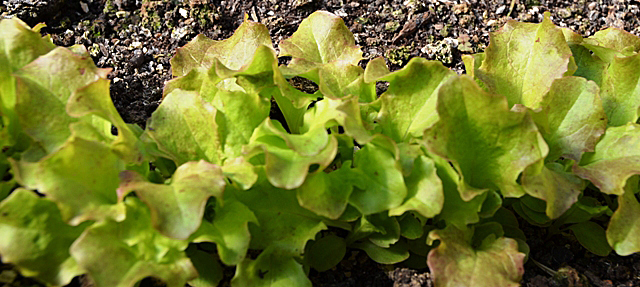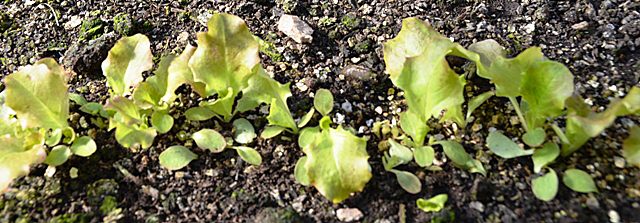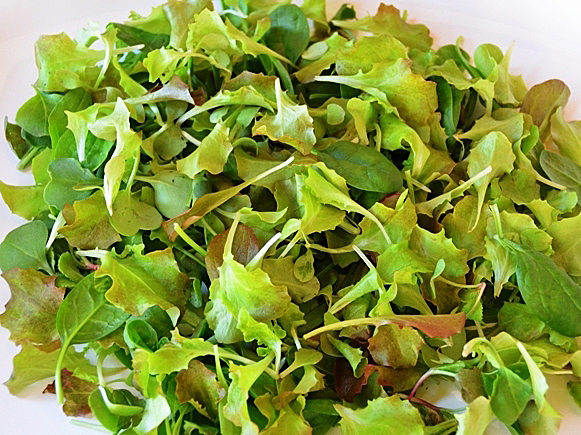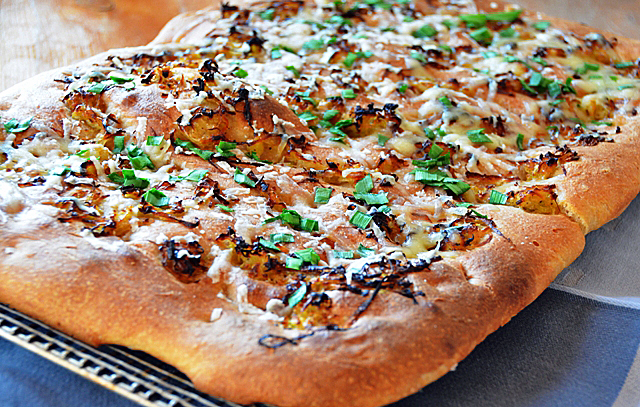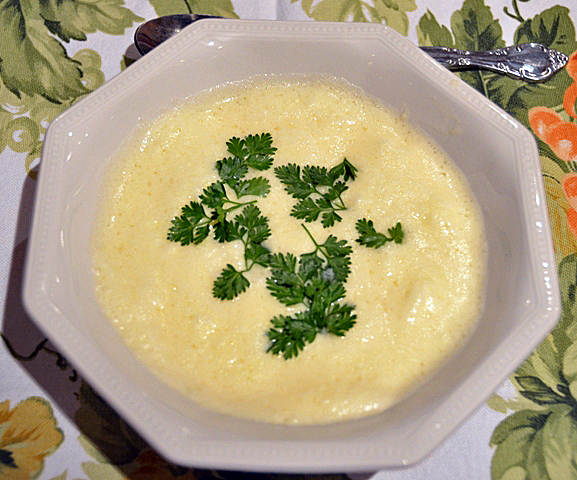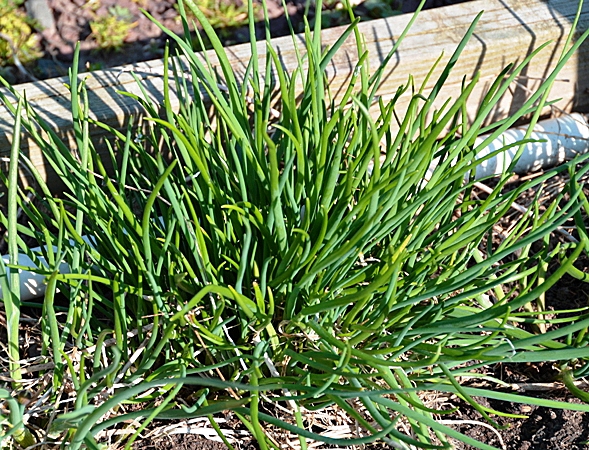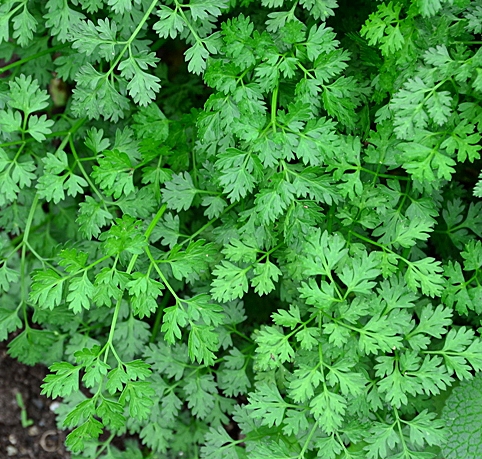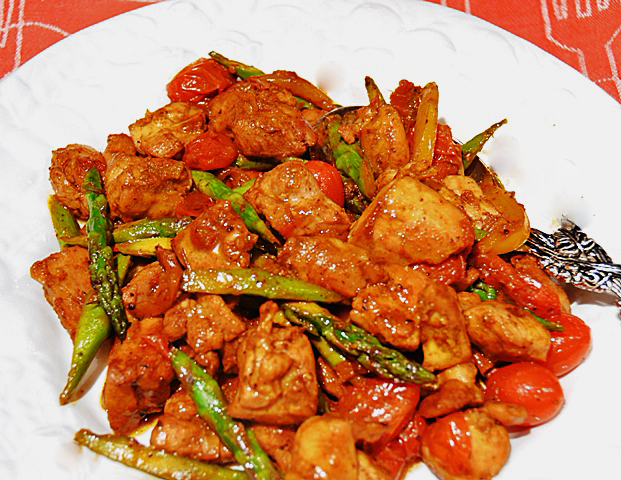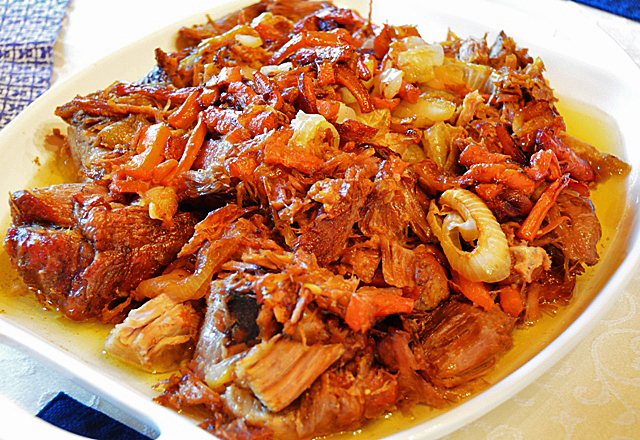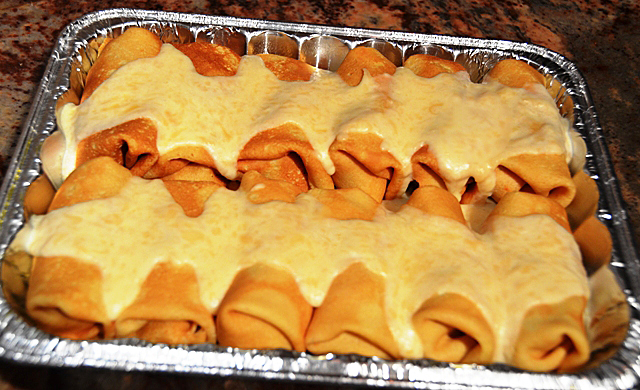
As a caterer I have made countless crepes. For large events, they would be made ahead of time, stacked and reheated as each guest made their request. My standard fillings, kept warm in a chafing dish were very “Martha”; spicy cinnamon apple, creamy spinach Florentine and a curried chicken salad with raisins and almonds. Some people were purists and only chose one, others would come back multiple times to try different combinations. It had been a while since I made crepes but have always felt comfortable making them, So I was interested in revisiting crepes when I saw a recipe for them in the latest issue of Fine Cooking.The recipe for crepes is pretty basic, all purpose flour, eggs, milk, butter, a pinch of salt and butter. What makes this recipe unique is the butter is melted and the solids turn brown to give the crepes a nutty taste. I used them first for dessert for Sunday dinner, a recipe for clementine crepes Suzette. The following week the call went out for meals for one of the ladies in my Bible study group who just had surgery. I thought that Baked Crepes Cacciatore would be a great make-ahead dish that could be reheated. Cacciatore is the Italian word for “hunter” and in this instance, in the style of a hunter which traditionally means a meat dish prepared with mushrooms, onions and tomatoes. A success all around as Tracy said her family enjoyed them very much. A dish I will definitely revisit soon.
Brown Butter Crepes
From Fine Cooking Magazine
Ingredients
- 7T unsalted butter
- 1 3/4 c whole milk
- 4 large eggs
- 1/2 tsp kosher salt
- 1 1/2 c all purpose flour
Directions
- Cook butter over medium heat in a small saucepan, swirl it every few seconds, until butter is melted and the milk solids at the bottom of the pan turn golden brown. Pour the brown butter into a bowl and cool to room temperature.
- Combine milk, eggs and salt into a blender. Blend for a few seconds to combine. Add the flour and combine until the mixture is smooth, add brown butter and blend for another 10 seconds.
- Pour mixture into a bowl and allow to rest for 3 hours, or up to 24 if refrigerated.
- Check the batter when you are ready to cook the crepes, it should have the consistency of light cream. Whisk in more milk if necessary.
- Heat a crepe pan with an 8″ base or a 10″ non stick skillet with an 8″ base over medium high heat until it is hot enough to make a drop of water sizzle. Then with a folded paper towel, coat the bottom of the pan with a small amount of butter. The butter should sizzle, not turn brown, if it does, cut back the heat a little.
- Using a 1/4c measuring cup or 2 ounce ladle, pour batter into the center of the hot pan, lift and tilt pan in all directions so that the batter spreads out evenly in a thin circle.
- Cook until the edges of the crepe begin to dry and lift from the sides of the pan. Use a rubber spatula to lift up the edge to see if the bottom is browned, this takes about one minute. Using your fingers or a spatula, flip the crepe over. Cook for another 20 seconds to brown the bottom of the crepe.
- Slide the crepe onto a plate or cooling rack. Repeat with remaining batter, adjusting the heat as needed and using more butter for the pan if necessary. Stacking the crepes is not a problem, they will not stick to each other.
- Crepes can be stored in the refrigerator for three days or frozen for up to three months.
Baked Crepes Cacciatore with Parmesan Cream Sauce
adapted from Fine Cooking Magazine
- 3T olive oil
- 1T unsalted butter
- 2 1/2 c cleaned, trimmed and sliced button mushrooms
- Kosher salt and freshly ground black pepper
- 1 medium bell pepper, red, yellow or orange, cored, seeded and cut into small dice
- 1T chopped green chile
- 1/2 large sweet onion, thinly sliced
- 1t chopped fresh rosemary
- 1T all purpose unbleached flour
- 1 14.5-oz. can diced tomatoes with basil, drained
- 1/2-1t lemon juice
- 1/4t green Tabasco sauce
- 2c chopped cooked chicken
For the cheese sauce
- 1c heavy cream
- 1 1/2c finely grated Parmigiano-Reggiano
- Freshly ground black pepper
For assembly
- 12 8-inch crepes-warmed or at room temperature if made ahead
- 1t sweet paprika
- In a large skillet, heat 1T oil and butter over medium-high heat until sizzling. Add the mushrooms, season with 1/2t salt and a few grinds of pepper, cook stirring frequently, until the mushrooms release most of their liquid and begin to brown, 7-9 minutes. Transfer to a medium bowl and return skillet to the heat.
- Add the remaining 2T oil, bell pepper, chile, onion, rosemary and 1t salt. Reduce heat to medium and cook stirring occasionally, until the vegetables are very soft and fragrant but not brown, 8 to 10 minutes.
- Sprinkle the flour over the vegetables and cook for a minute or so, stirring and scraping so the flour gets mixed with the fat and starts to toast a bit. Add broth and let it come to a simmer, stirring and scraping up any browned bits. Add the tomatoes, lemon juice to taste and hot sauce; bring to a simmer again and cook a few minutes to thicken the sauce.
- Add the chicken and mushrooms and simmer for a few minutes to heat everything through. Remove from heat and season to taste with more salt, pepper, hot sauce, or lemon juice. Cover the filling and keep warm.
Directions for the cheese sauce
- In a heavy-duty 1 quart saucepan, bring the cream to a boil over medium high heat. Reduce heat to maintain a simmer and cook the cream until it is reduced by half. Reduce the heat to low and add the cheese, stirring until melted. Season with pepper and remove from heat.
Directions for assembly and baking
- Position a rack in the center of the oven and preheat to 400F. Butter the sides of a 9×13-inch baking dish.
- Lay a crepe, presentation side down on a clean work surface. Spoon 3 heaping tablespoons on the bottom third of the crepe. Fold the bottom edge of the crepe up and over the filling, fold the sides toward the center, and finish rolling up from the bottom. Repeat with remaining crepes. Arrange crepes seam side down in a single layer in the baking dish.
- Spread the cheese sauce evenly over the crepes and sprinkle with paprika. Bake until the sauce is golden and bubbling slightly, about 15 minutes.
- The filling can be made up to three days ahead. Store it in an airtight container in the refrigerator and reheat over medium-low heat before using it.
